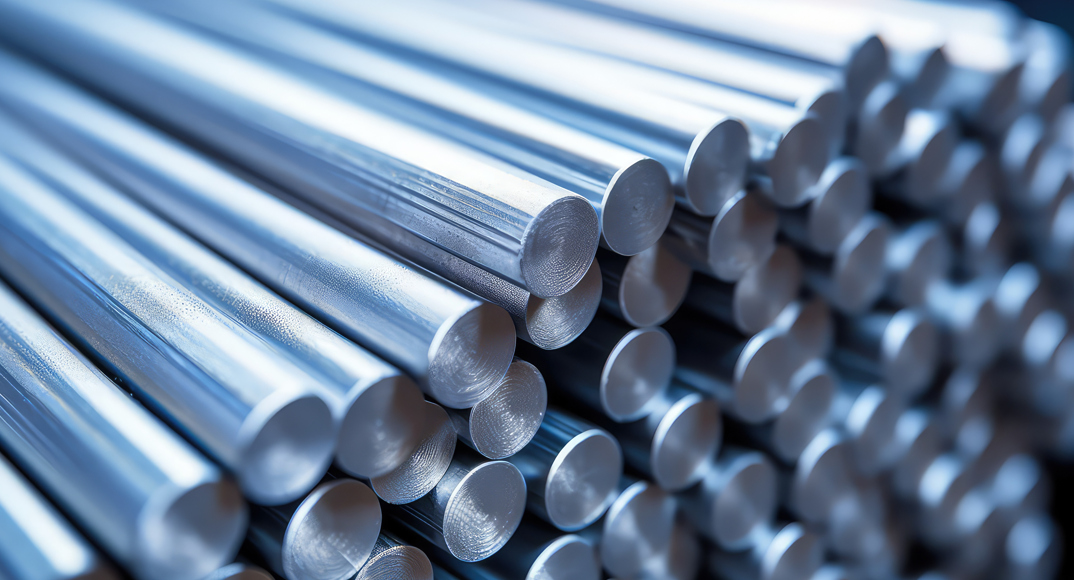Metal Alloy Formulation and Development
KEY INFORMATION
Waste Management & Recycling - Industrial Waste Management
TECHNOLOGY OVERVIEW
Materials play a crucial role in the development of metallic products, but traditional alloying methods face significant challenges due to rising costs and the limited supply of key materials, such as copper, which has experienced a price increase of over 60% in the past decade. Additionally, conventional melting processes, such as resistance heating, are often constrained by poor temperature control, uneven heating, and high energy consumption, leading to inconsistent alloy quality and increased production costs. Addressing these issues is essential for improving the economic viability and environmental sustainability of engineering projects.
This technology introduces a novel approach that combines unconventional alloying concepts with induction melting to overcome the limitations of traditional methods. By employing multiple high-content alloying elements, this method enables the creation of alloys with unique and enhanced properties that go beyond what is possible with traditional single-element alloys. Induction melting results in uniform heating, reduced energy consumption, and enhanced alloy quality, significantly improving the production process.
The technology is capable of developing specialized alloys, such as light metal alloys, while addressing the pain points of material and production costs and environmental sustainability. Specifically, the developed alloys offer microhardness of 95-100 Hv, tensile strength of 305-320 MPa, and an excellent strength-to-weight ratio, providing a competitive alternative to conventional materials like copper and brass.
The technology owner seeks collaborations with industry players in appliance manufacturing, aerospace, automotive, construction, and electronics to co-develop and commercialize these advanced resistive heating applications.
TECHNOLOGY FEATURES & SPECIFICATIONS
Processing
Accurate Heating: Induction heating allows for highly accurate and rapid temperature control, essential for melting and alloying processes involving multiple elements.
Uniformity: The advantage of adopting an induction furnace is that it is a clean, energy-efficient and well-controlled melting process, compared to most other means of metal melting, thus reducing the risk of segregation or uneven melting.
Efficiency: Induction heating converts electrical energy directly into heat within the metal, minimizing energy loss. This can lead to lower operating costs and a smaller environmental footprint.
Versatility: Induction heating can be used to melt a wide variety of multicomponent alloys, from simple binary alloys to complex ternary or quaternary compositions. It can handle metals with varying melting points and electrical conductivities.
Materials
Enhanced Properties: By combining multiple elements, it's possible to achieve superior properties like increased strength, corrosion resistance, heat resistance, or electrical conductivity.
Tailored Performance: The precise composition of a multicomponent alloy can be adjusted to meet specific requirements, making them versatile materials for a wide range of applications.
Advanced Processing: The use of induction melting can provide the requirement of proper mixing and homogeneity for this type of complex alloys.
POTENTIAL APPLICATIONS
Multicomponent alloys, due to their tailored properties and superior performance, have a wide range of potential applications across various industries:
Aerospace: Lightweight alloys for aircraft structures to reduce weight and improve fuel efficiency.
Automotive: High-strength alloys for vehicle frames and other structural components. Lightweight alloys for body panels, wheels, and other components to improve fuel efficiency.
Construction: High-strength alloys for buildings, and other structural components. Corrosion resistant alloys for marine structures, piping, and other applications exposed to harsh environments.
Electronics: Conductive alloys for electrical connectors, wires, and other components.
Unique Value Proposition
Tailored Properties: Multicomponent alloys provide highly customizable compositions, allowing precise tuning of properties like strength, weight, conductivity, and corrosion resistance to meet specific application needs.
Superior Performance: These alloys offer significant improvements over traditional materials, such as enhanced strength, corrosion resistance, and thermal stability.

